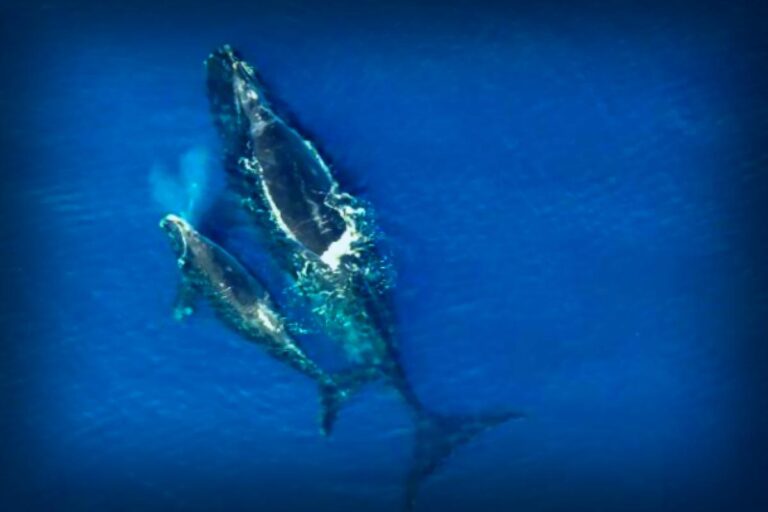Believe it or not, the world of science has identified over 2 million species of plants and animals so far. But that’s probably just scratching the surface! A study from 2011 featured in PLOS Biology waves a wild estimate that suggests there could be around 8.7 million species on Earth—four times more than what’s currently documented. Every year, researchers discover thousands of new organisms, bringing us closer to unraveling the full story of life on our planet. In 2024, researchers made astounding discoveries, including one that was literally flying under their noses at a major Texas university!
Rice University in Houston has become quite a hotspot for discovering insects. Professor Scott Egan and his dynamic research group have been digging up new species right on campus for nearly a decade. Since 2014, they’ve unearthed 18 previously unknown species! Their latest and cutest find is a tiny wasp named Chrysonotomyia susbelli, measuring just a millimeter long. It stands out as the fourth wasp identified at Rice in the last seven years—and might just be the most astonishing of the lot.
How the Discovery of Chrysonotomyia Susbelli Happened

The bustling campus of Rice University boasts more than 2,000 live oak trees, which provide a cozy habitat for various beings. One day, student Brendan O’Loughlin strolled by these oaks and spotted some tiny yellow specks buzzing through the leaves. Although Professor Egan’s group had already cataloged small wasp species, these stood out with their distinctive golden hue. O’Loughlin managed to capture some and decided to take a closer look under a microscope. To his amazement, he found unique dark patterns on their bodies. Convinced he might have stumbled upon something new, he sought to gather more evidence.
O’Loughlin rallied the expertise of Egan and fellow grad student Pedro Brandão-Dias—who had previously discovered another wasp species on campus. Together, they reached out to wasp expert and Smithsonian entomologist Mike Gates for support. They conducted rigorous DNA testing and observed the wasps’ behavior in their natural setting. Their findings, eventually published in ZooKeys, confirmed that they had indeed identified a new species.
Since he was the one who discovered the wasp, O’Loughlin had the joyous task of naming it. He noticed the colors of the wasp reflected those of his college at Rice—Wiess College—whose mascot is a war pig. The name C. susbelli serves as a fun nod to his school.
Fun Fact: These Wasps Don’t Sting, but They Are Eerily Unique

Professor Egan’s area of expertise is the gall wasps found in the family Cynipidae, which has around 1,300 species. These little creatures undergo a complete metamorphosis, starting as larvae. Their parenting is pretty creepy; female gall wasps inject their eggs directly into plant tissue, often on oak trees and roses. Once hatched, the larvae secrete a substance that triggers uncontrollable cell growth, leading to tumor-like formations on the plant called galls. These galls provide protection and nutrients for the larvae while they mature. Thankfully, galls are not harmful to the plants.
Interestingly, C. susbelli doesn’t really fall into the gall wasp category; it has a relationship with gall wasps that’s unlike anything seen in nature before. These wasps are actually parasitic—killing other gall wasps and then laying their eggs inside the already unfortunate hosts’ galls. This makes C. susbelli a unique predator within its genus! Moreover, researchers noted that the female C. susbelli exhibits some bizarre behavior, zigzagging along leaves while on the hunt for galls to invade.
Clearly, there’s still so much to learn about C. susbelli. Currently, scientists haven’t glimpsed their presence anywhere outside the Rice campus. Who knows what other surprises are just waiting to be discovered in your own neighborhood!




















